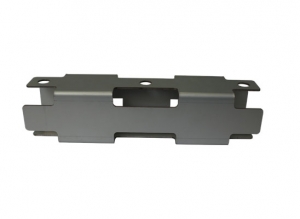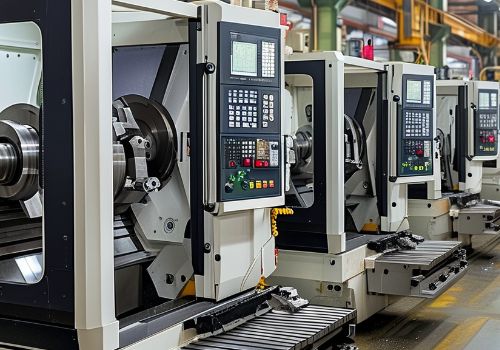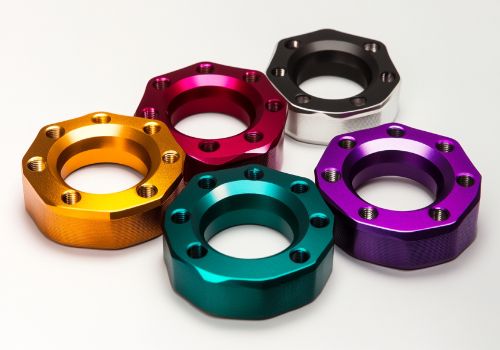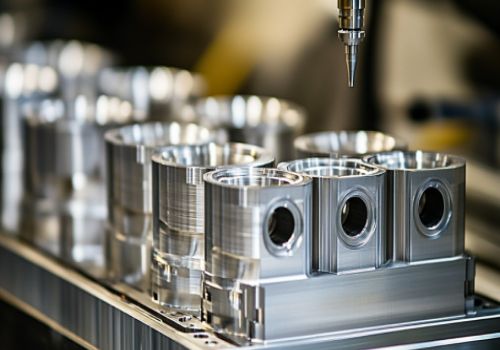Sheet metal processing Notes
Metal sheet processing is called sheet metal processing. For example, chimneys, drums, fuel tank oil, ventilation pipes, elbow size head, funnel-shaped, the main process is cutting, buckling, bending, welding, riveting, etc. A certain geometric knowledge is needed. Sheet metal parts can be made through stamping, bending, stretching and other processes, the thickness of the sheet will not be changed during processing.
Material selection of sheet metal processing
Generally sheet metal material has cold rolled sheet (SPCC), hot rolled sheet (SHCC), galvanized sheet (SECC, SGCC), brass, copper, beryllium copper, aluminum sheet(6061,6063, Hard aluminum, etc.), aluminum extrusion, stainless steel (mirror, drawing surface, matte). Choosing different material according to the different product function.
1. Cold rolled plate SPCC, mainly used for electroplating and paint workpieces, it has low cost, easy to forming advantages, material thickness should be ≤ 2.3mm
2. Hot rolled plate SHCC, material thickness should be ≥3.0mm, also used for electroplating and paint workpieces, the cost is cheap, but it’s difficult to forming.
3. galvanized sheet SECC, SGCC. SECC electrolytic plate has N material, P material, N material is mainly used for nature parts because of high cost, P material mainly used for spray coating parts.
4. Copper: Mainly used as conductive materials, the surface treatment has nickel, chrome, or no surface treatment, because the cost is high.
5. Aluminum plate; generally the surface treatment has chromate (J11-A), oxidation (conductive oxidation, chemical oxidation),silver plating, nickel plating.
6. Aluminum extrusion: complex cross-sectional structure part, mainly used in plug box. Surface treatment as aluminum plate.
7. Stainless steel: generally no surface treatment needed because of high cost.
Sheet metal unfold notes
1. Unfold method should be reasonable and facilitate the savings of materials and processing.
2.Reasonable choice of gap and folding, T≤2.0, gap should be 0.2, T among 2 and 3, gap should be 0.5. Folding should take long side fold short side.
3. Reasonable tolerance: Outside shape sizes: negative allowance to the end, positive allowance take a half; Hole shape sizes: positive allowance to the end, negative allowance take a half.
4. Burr direction
5. Pumping, riveting, tearing, bumping location
6. heck the material, thickness, thickness tolerance
7. Special angle, bending angle insideradius (generally R = 0.5)
8. The area where prone to error (similar to asymmetry) should be prompted
9. The area where has many sizes should add enlarged view
10. The area where need protect when spray coating should be indicated
Note: Above information is just for reference only.
We offer CNC Machining, Metal Stamping, Metal fabrication services, if you have project need support, contact us today.










